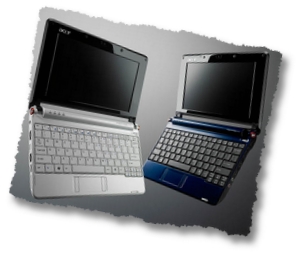Many years ago, I worked in a school in Taipei. It was very much a wonderful learning experience because I saw all the mistakes that our school’s owners made over the years. I still remember most of my students fondly, and just occasionally I will run into one or two of them on the street. But one of the biggest mistakes we made, and it was years later that I realized it as such, was our motto. We enjoyed our work, we liked the students, and we thought we were good, so we stupidly created the motto: “The best of the best”.
Best of the Worst: Best of the Words
Unfortunately, the motto was quite hollow. It was supposed to invigorate us and inspire our students, but it didn’t ring true in our hearts. Our flyers were printed on green A4 paper, and distributed community wide.What they really shouted was how pathetic we were. And our school was. Small classrooms, poor resources, lack of leadership, … to name but a few. When I realized the enormity of our mistake, I was determined not to repeat it. Why?
What was wrong?
If you really are the best, everyone knows it. There’s no need to tell it. It’s in plain sight. And if you’re not the best, it’s a lie. And again, everyone and their dog can see it. It’s that simple. It was the case with us. We were obviously not in the first category at all. So clients were left to draw only the latter conclusion. We really set ourselves up to fail by creating such high expectations. How could we really succeed?
Choose something tangible
We have been building our marketing campaign for our own business for some three years. But one of the decisions I made at the outset was to avoid making unverifiable claims. Instead, we would tell people exactly what we did, and leave it up to them to decide if we were good or not. Now our motto is exactly what we do: “Teach our students to use English and make it a part of their lives.”- It reads better in Chinese!
And that’s exactly what we do: students are greeted in English, classroom activities take place in English, even break-time activities require some English. We do use Chinese at times to make students feel comfortable in stressful situations, but for the most part, we encourage students to use English as much as they can.
Say it loud, say it clear!
It doesn’t have to be a complex message, it doesn’t have to use superlatives. But any motto or slogan you choose for your products should at least encapsulate the benefits of your product in ways that are tangible and identifiable. Make sure your performance matches your claims and be prepared to verify the claims. Parents hear our students using English when they arrive or leave, they call up and use English, too, when they have problems with homework. Classroom work is verified with all skills quizzes. And yet, sometimes we still fail to get our message across!
It ain’t lip-service
Many companies promise great service, but when you call up to find out about the ‘great’ service, you find out the truth. I recently was asked to telephone a local hospital in Taiwan that claimed it had an English answering service. Although it was just a survey, I was horrified to find out that if I had been depending on this service as a tourist, I might have ended up dead! I called the hospital’s ‘English’ hot line, was transferred in a bilingual telephone message to a center that picked up the phone for an answering machine! An English hotline had a Chinese answering machine! Wow!
Manage Expectations: Be realistic!
By managing expectations, the hospital could have avoided the complications, negative reports, and immense loss of face this caused some official when it went in the report that the hospital failed the assessment. By simply saying the line was only staffed from 10-4pm each day, the hospital would have got a lot of kudos for providing a needed service.
Unfortunately, the mistake this hospital made is one that many international companies make, too.
- Banks do it… HSBC made a great pitch about its services, its global standards, its quality of banking. I’m not surprised that HSBC ranked 89th out 113 companies.
- Airlines do it… British Airways claimed that they were the “World’s Favorite Airline” but provided poor service, broken cabins, and not infrequent strikes! I don’t know anyone who claimed it was their favorite airline.
- Even online companies do it!… Ebay made its name as an Auction website but the only place you can find the actual word ‘auction’ is in the site keywords. It’s now just a portal with cheap merchandise trading at less than 1/3 of its 2004 price. It actually drove its users away in many cases by increasing fees, and disabling accounts for no good reason.
When you’re a service oriented company, it’s vital that service is as good as you can make it. In other words, you have to walk the walk if you talk the talk.
What’s your experience marketing your business or selling products or even dealing with ‘big’ companies and their promises? How does it fit in with what I’m saying here?

